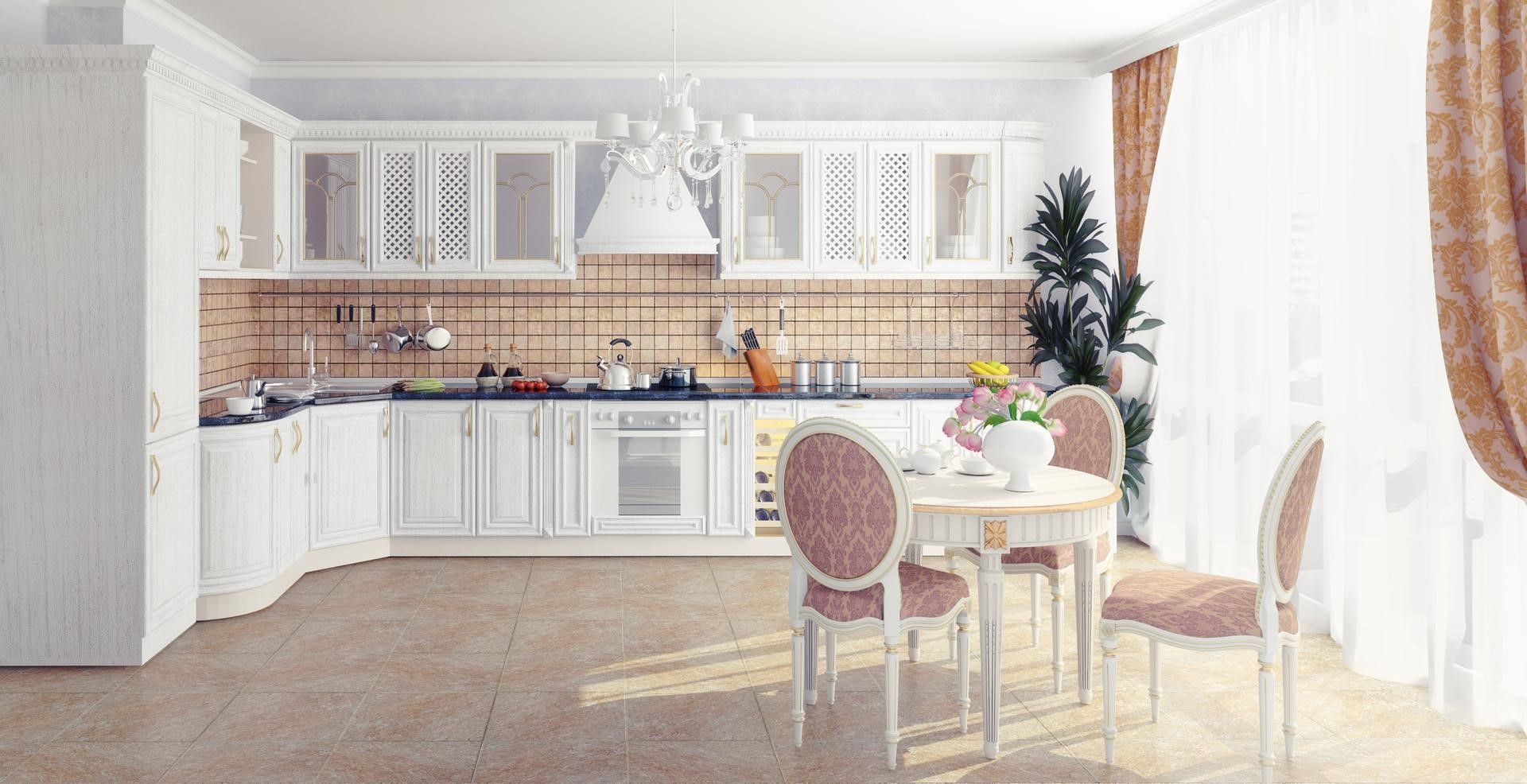4 Plumbing System Components That Work Behind The Scenes
While your faucets and plumbing fixtures are fairly accessible, many of the essential parts of your plumbing system lie behind walls and in other out-of-the-way locations. For example, the drain lines and fresh waterlines carry water around your home while stayin mostly out of sight. Some other out-of-the-way elements may be less well-known.
Discover some of the behind-the-scenes parts of your plumbing system you should be familiar with.

1. Sump Pump
A sump pump typically sits in a pit in an out-of-the-way corner of your basement. Its job is to remove any standing water to ensure your basement won’t flood. Your plumber can perform regular maintenance and repairs on your sump pump, but you’ll want to have som knowledge of it yourself as well in case you’re unable to contact a plumber during a storm.
For example, you should know how to test the sump pump and check and replace the battery in its backup power source. You’ll want to know how to perform basic maintenance such as cleaning the discharge line, as well.
2. Pressure-Reducing Valve
A pressure-reducing valve limits the amount of water pressure that can come into your home through the main water line. This can help protect your plumbing system since toohigh water pressure could lead to a water hammer, plumbing leaks, or appliance wear and tear.
If you have a pressure-reducing valve (they’re standard in modern homes that municipal water supplies), your plumber can use it to adjust the water pressure in your home. So if you find that the pressure in the farthest bathroom is too low, for example, talk to you plumber about increasing the pressure slightly.
3. Anode Rod
Your water heater is likely tucked unobtrusively in a basement or closet but is still relatively accessible. But when is the last time you pulled out the anode rod to inspect it? Many homeowners either don’t know where the anode rod is and what to do with it o simply don’t pay it any attention because it’s out of sight and out of mind.
However, your anode rod constantly works behind the scenes to protect your water heater from rusting out. Because the anode rod does this by being easier to corrode than the water heater tank walls, it will eventually corrode away completely, at which point it will sto working and your water heater tank may be in danger of leaking.
Make sure your plumber checks your hot water heater’s anode rod at their next visit. They can replace it, sometimes with a heavier-duty anode rod that will last longer or one made of a different material that may work better with your local water supply. For example if you have soft water, you’ll likely want a magnesium anode rod rather than an aluminum one.
4. Pipe Support Brackets
The pipes in your walls can often vibrate from the pressure of the water rushing through them. Support brackets or straps are necessary to hold the pipes securely in place and ensure they don’t hit anything nearby as they vibrate. If the pipes aren’t attached tightl enough, they could cause an annoying rattle and even experience greater wear and tear.
In some cases, a water hammer can cause pipes to rattle and bang back and forth until they develop a leak. Secure pipe brackets are the unsung heroes that keep pipes from rattling around as the water rushes through. If your pipes need extra security and padding, you plumber can install padded brackets as well.
Your plumber can help you care for all these and any other behind-the-scenes components of your plumbing system that may require upkeep or repairs. For more information, get in touch with a local plumber such as Quality Plumbing to discuss plumbing maintenance or repairs.

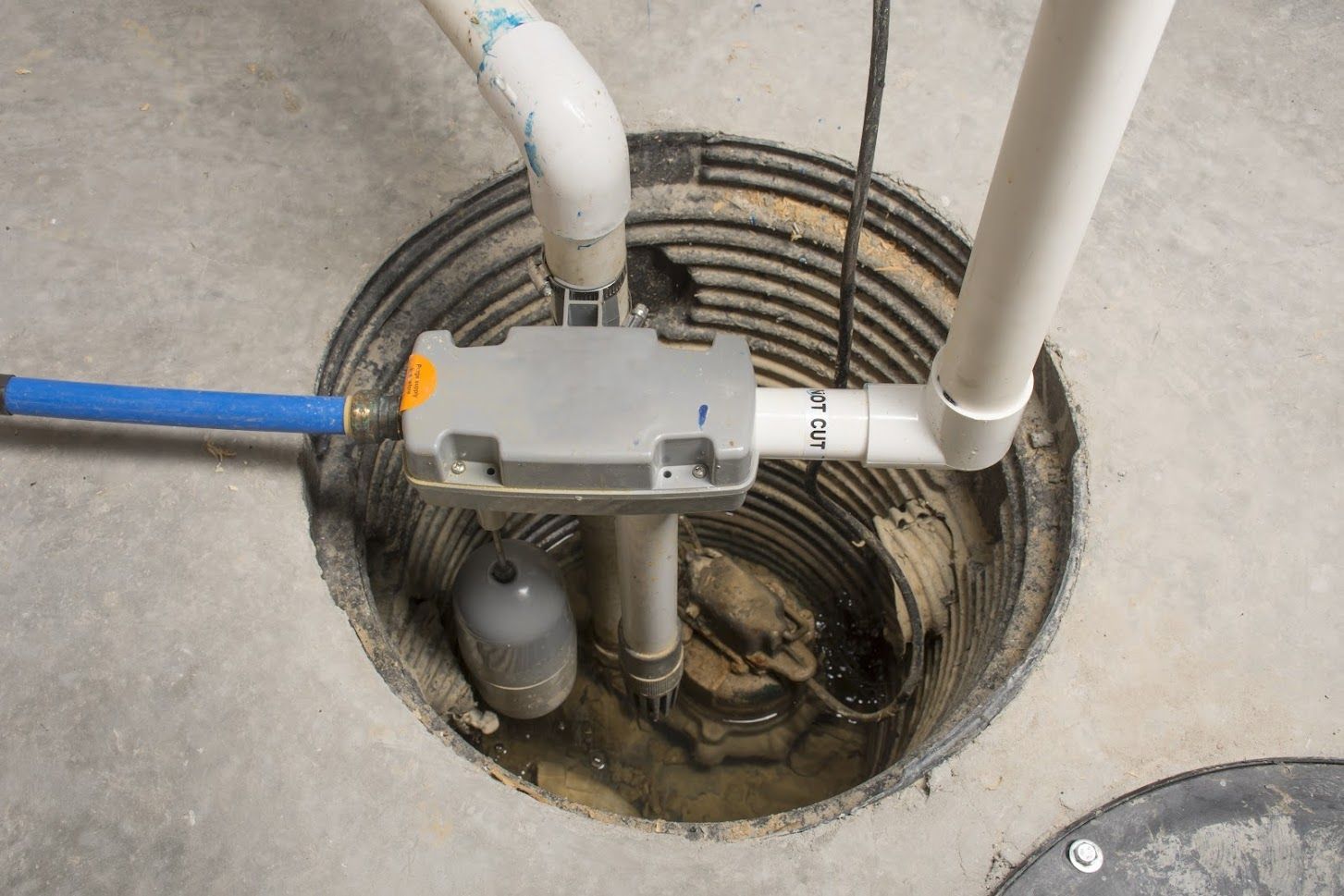

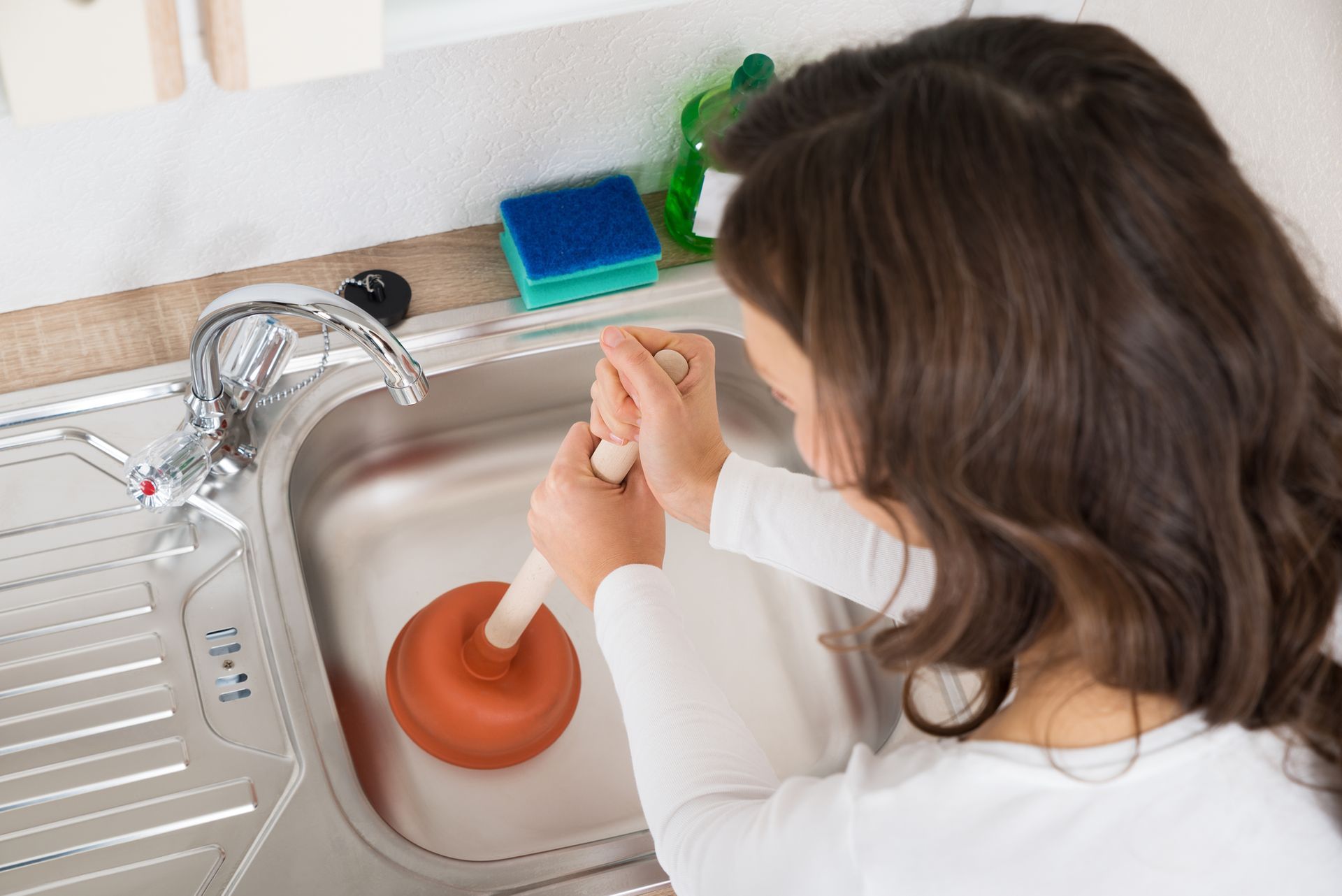

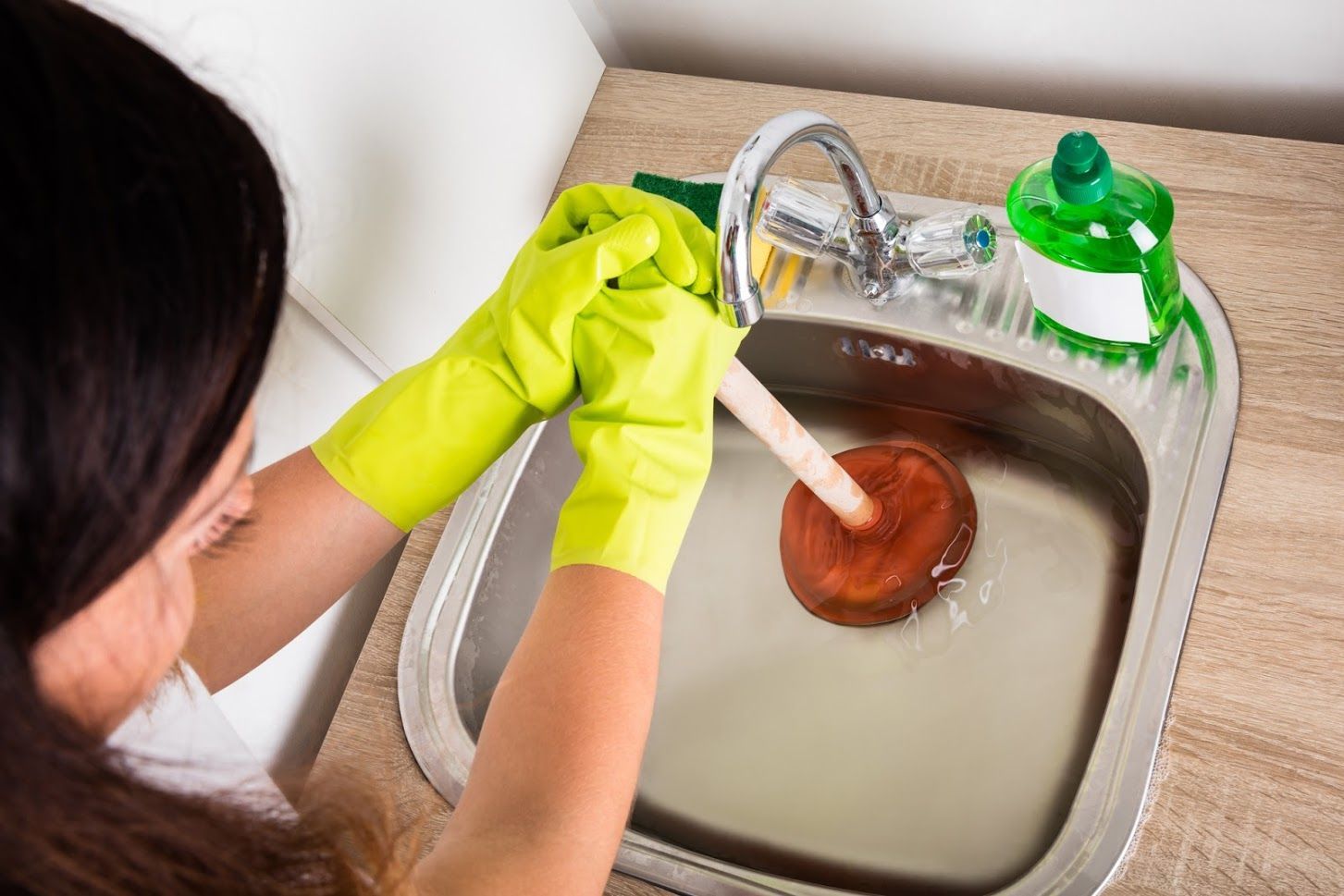
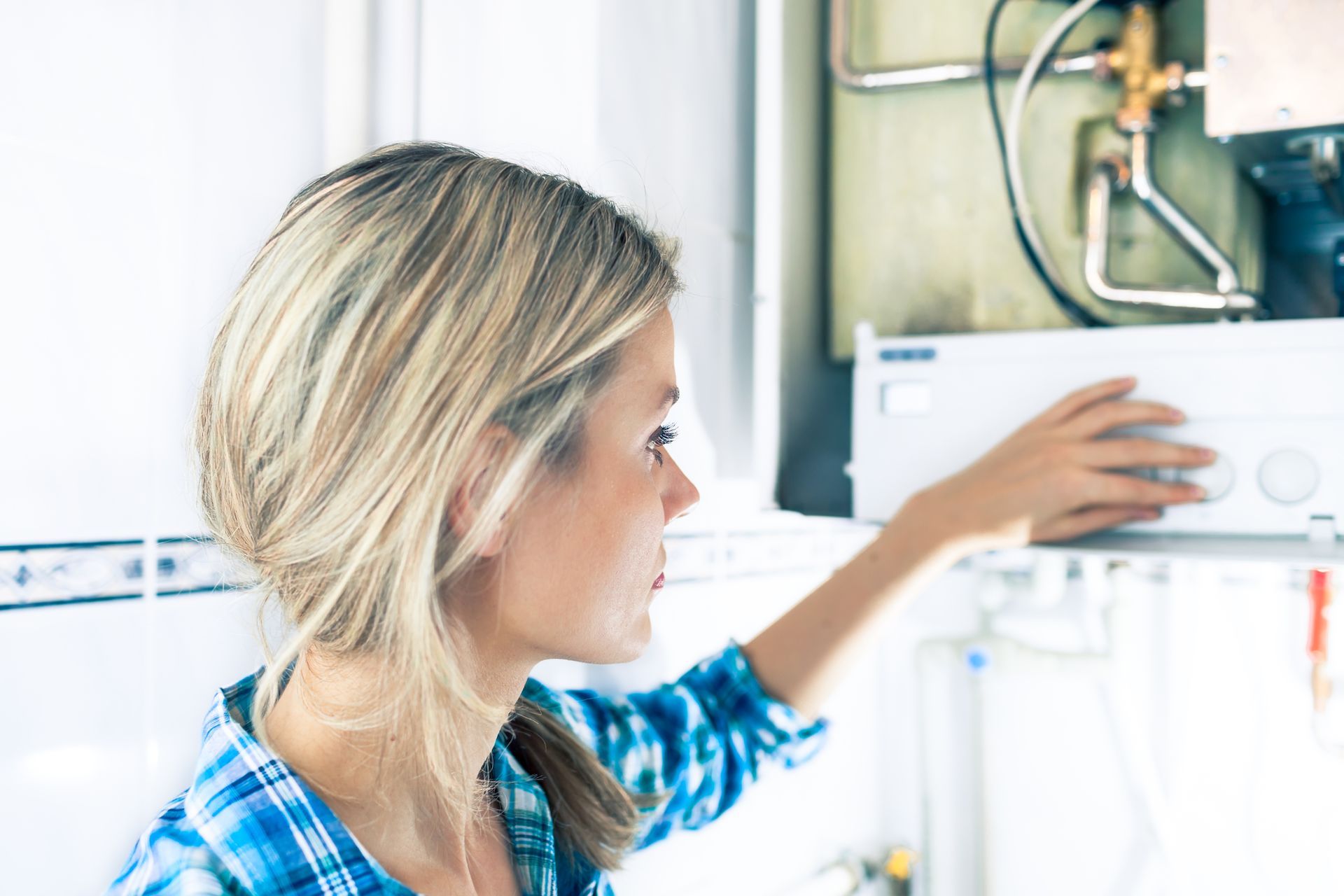

★★★★★
The total process from booking a service call, by phone, to the installation of a steel reinforced waterline hose on our refrigerator, was a pleasurable experience. A retired plumber recommended QP. Jeff had to pull out the refrigerator, remove the plastic waterline, install the new waterline, check to make sure the water dispenser was working and put the refrigerator back. Jeff was careful and mindfull of our wooden floor as the refrigerator was in a built-in cabinet. Since we live in a condo we want to eliminate all possibilities for a water leak. Jeff not only did his skillful job, he also educated us on the different water supply lines. I would recommend QP.
- Janeine G.
Button
★★★★★
Quality Plumbing did a rough-in plumbing install for a bathroom and kitchen sink in my basement. Very communicative, helped plan the space, and did a great job on the install. Will be using them again!
- Ian H.
Button
★★★★★
Called them when my water heater broke, they were over same day with a new one. Logan is great, he's fixed a couple things over the last year and is always professional and informative.
- Nick B.
Button
★★★★★
Quality plumbing is amazing 👏 when my brothers home had a problem with water pressure, they were able to schedule quickly, identify the problem and provide cost effective solutions quickly. When they did the work, they were on time on budget and cleaned up everything afterwards. Thank you for your great service Quality Plumbing! …
- Rich R.

★★★★★
Quality Plumbing is my go-to plumbing company for all my projects. I had one big project and after meeting Jeff, I’ve specifically requested him to come out for my other 2 projects. He’s incredibly punctual, efficient, and keeps the area nice and clean. Great to communicate with and provides clear answers to all my questions. Jeff is very professional and knowledgeable in his craft. Every time I call, Delaney will always pick up my phone calls and get me scheduled right away. Never had great success with plumbing companies until I started working with Quality Plumbing. They have unbeatable prices and will provide you with an honest solution to your problems. Highly recommend choosing Quality Plumbing!
- Alex D.
Button

★★★★★
The total process from booking a service call, by phone, to the installation of a steel reinforced waterline hose on our refrigerator, was a pleasurable experience. A retired plumber recommended QP. Jeff had to pull out the refrigerator, remove the plastic waterline, install the new waterline, check to make sure the water dispenser was working and put the refrigerator back. Jeff was careful and mindfull of our wooden floor as the refrigerator was in a built-in cabinet. Since we live in a condo we want to eliminate all possibilities for a water leak. Jeff not only did his skillful job, he also educated us on the different water supply lines. I would recommend QP.
- Janeine G.
Button
★★★★★
Quality Plumbing did a rough-in plumbing install for a bathroom and kitchen sink in my basement. Very communicative, helped plan the space, and did a great job on the install. Will be using them again!
- Ian H.
Button
★★★★★
Called them when my water heater broke, they were over same day with a new one. Logan is great, he's fixed a couple things over the last year and is always professional and informative.
- Nick B.
Button
★★★★★
Quality plumbing is amazing 👏 when my brothers home had a problem with water pressure, they were able to schedule quickly, identify the problem and provide cost effective solutions quickly. When they did the work, they were on time on budget and cleaned up everything afterwards. Thank you for your great service Quality Plumbing! …
- Rich R.

★★★★★
Quality Plumbing is my go-to plumbing company for all my projects. I had one big project and after meeting Jeff, I’ve specifically requested him to come out for my other 2 projects. He’s incredibly punctual, efficient, and keeps the area nice and clean. Great to communicate with and provides clear answers to all my questions. Jeff is very professional and knowledgeable in his craft. Every time I call, Delaney will always pick up my phone calls and get me scheduled right away. Never had great success with plumbing companies until I started working with Quality Plumbing. They have unbeatable prices and will provide you with an honest solution to your problems. Highly recommend choosing Quality Plumbing!
- Alex D.
Button







